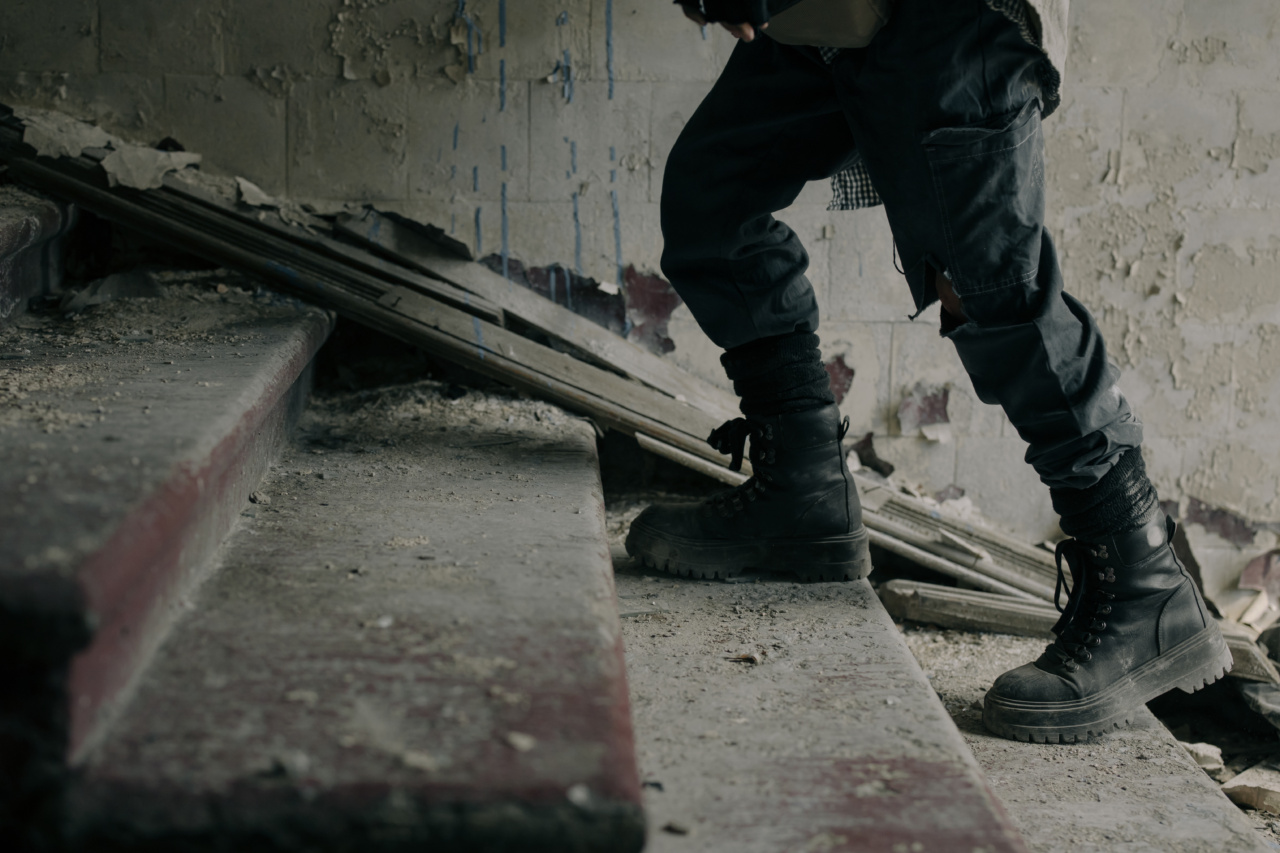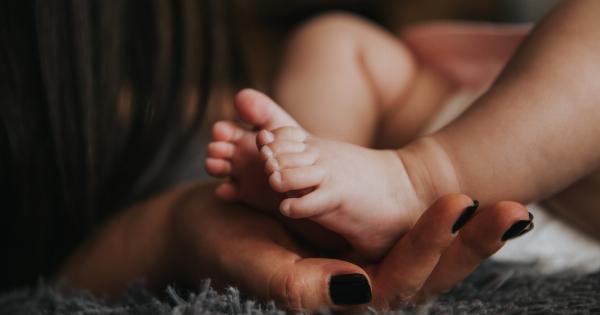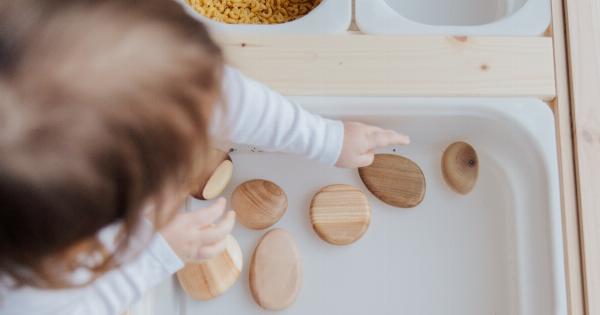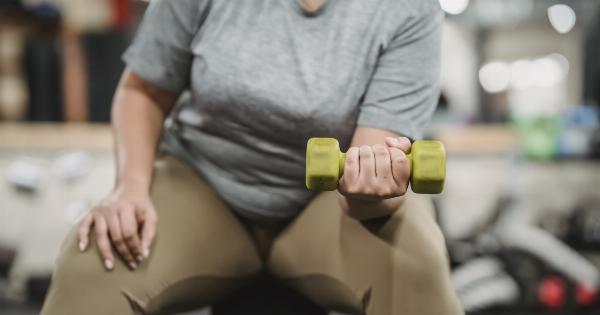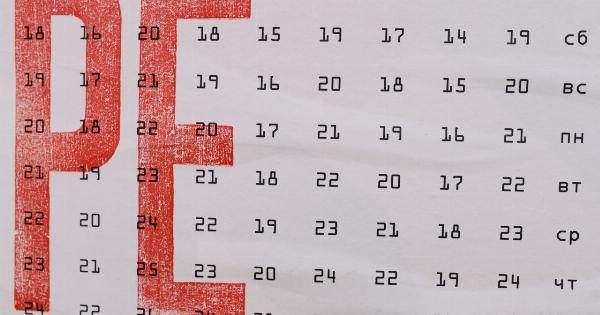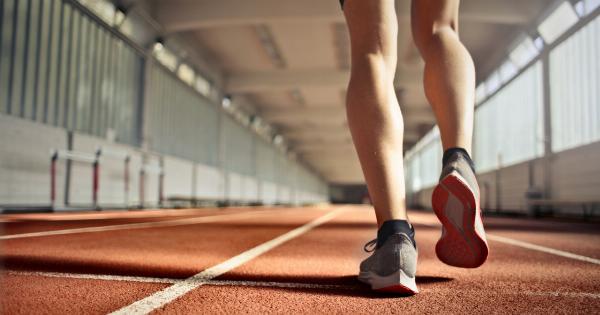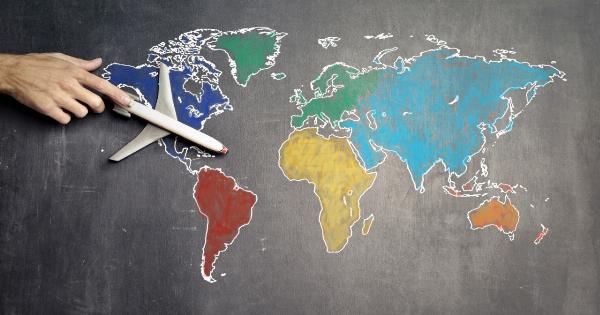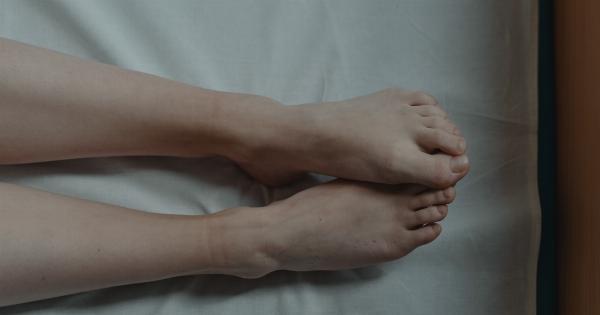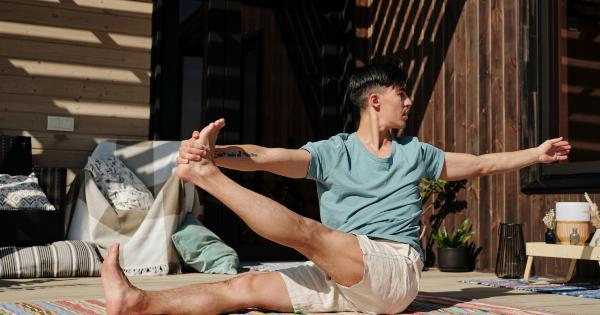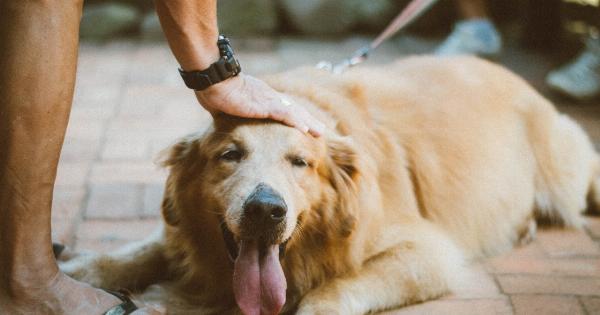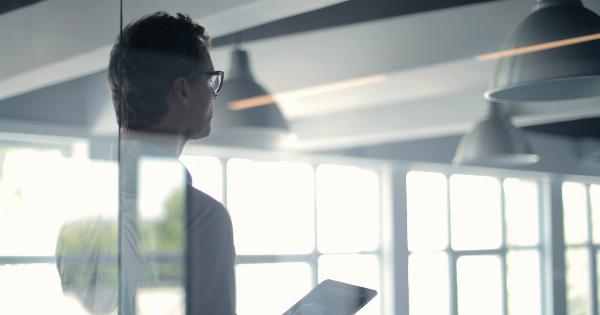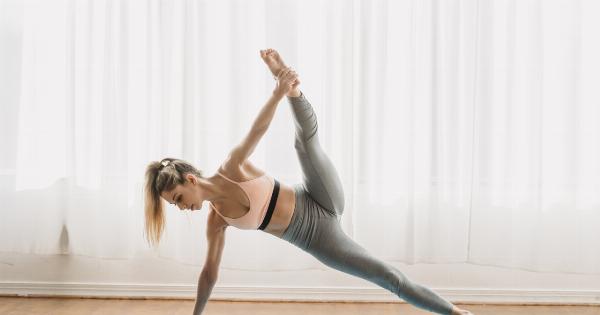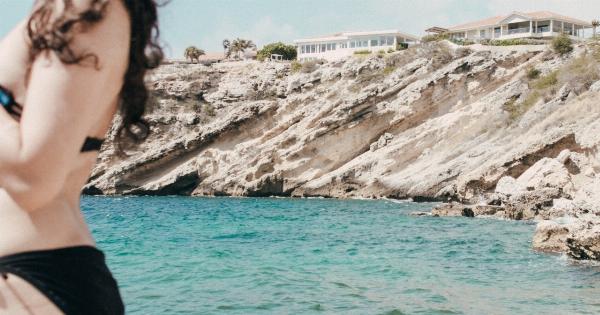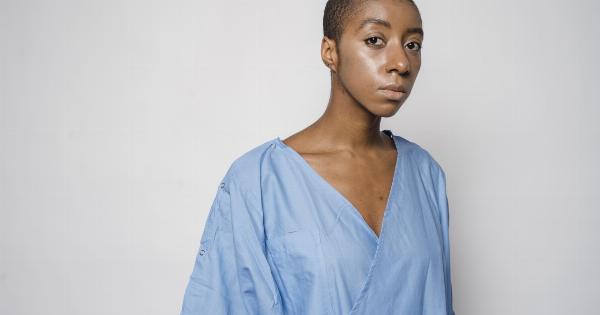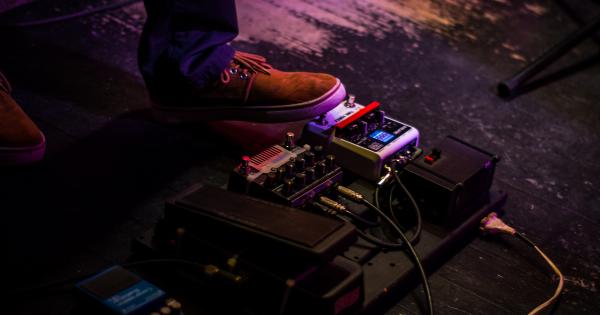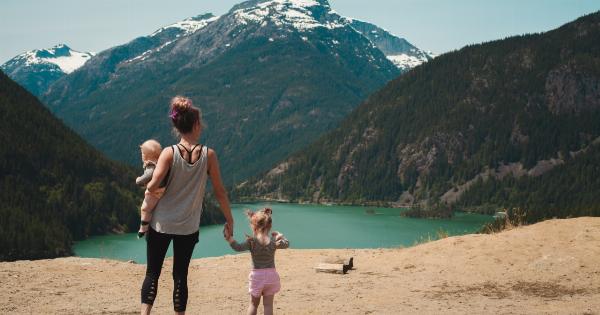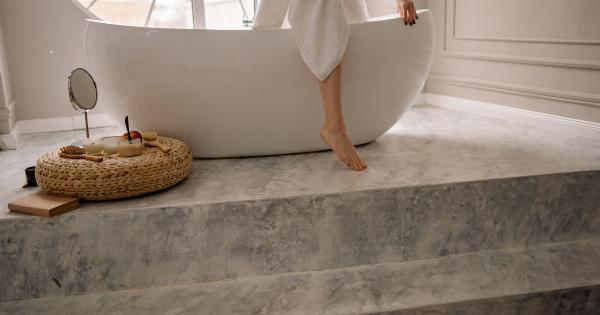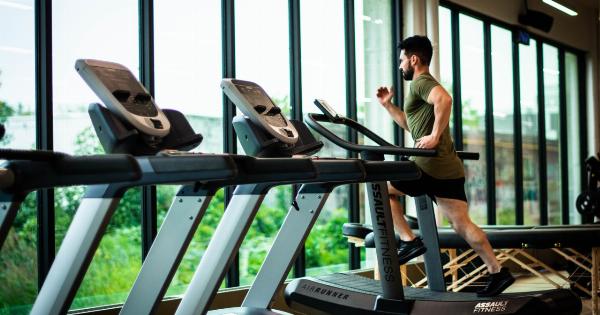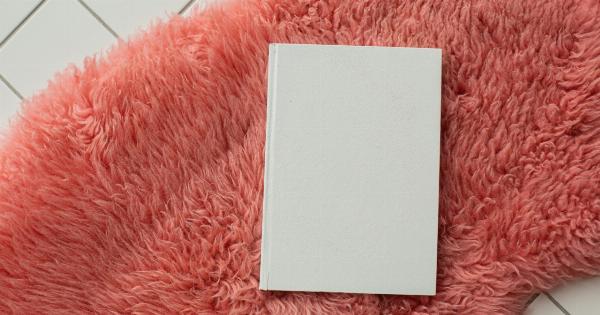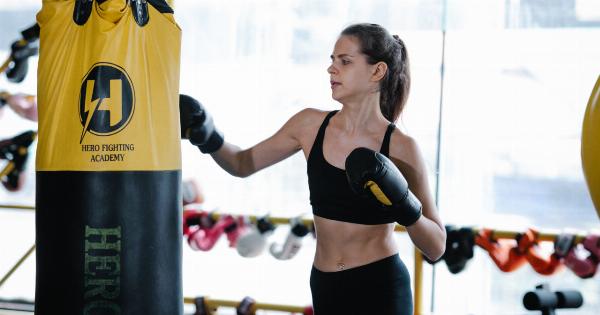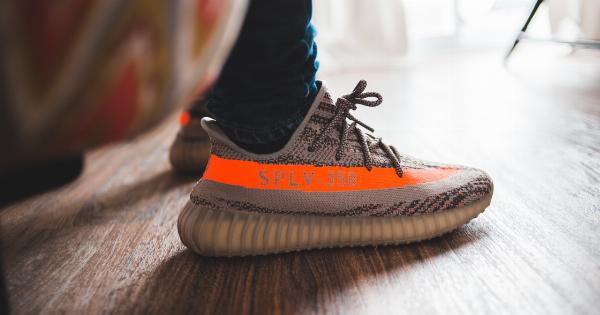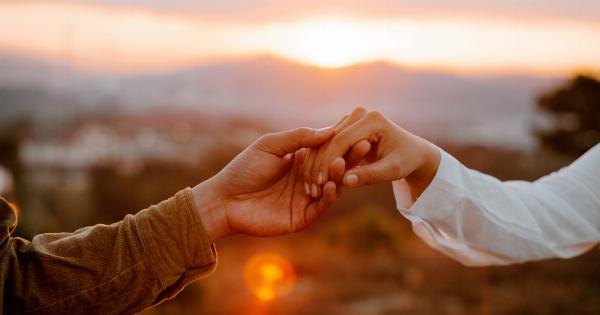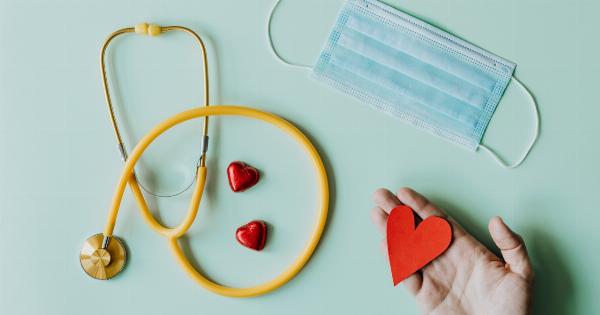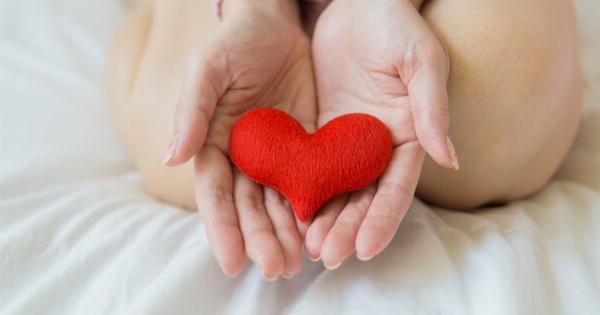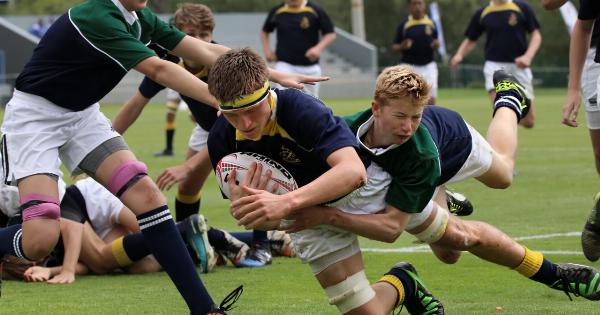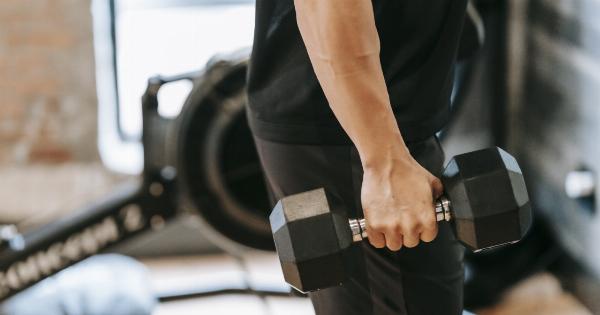Having blister-free legs can make a significant difference in your everyday life. Whether you are an athlete, a hiker, or someone who simply enjoys walking, the discomfort and pain caused by blisters can be debilitating.
It is essential to take proactive measures to prevent blisters and maintain the health and well-being of your legs. In this article, we will discuss various methods and precautions that will help you secure a future with blister-free legs.
Understanding Blisters
Before delving into prevention techniques, let’s understand what blisters are. Blisters are small fluid-filled pockets that form on the outer layer of the skin. They are typically caused by friction, heat, or excessive moisture.
Blisters can range from mildly uncomfortable to incredibly painful, and they may even restrict your movements.
Choosing Suitable Footwear
One of the primary causes of blisters is ill-fitting footwear. To secure blister-free legs, it is crucial to choose suitable shoes that provide comfort and support. Here are a few factors to consider:.
1. Proper Fit
Ensure that your shoes are neither too tight nor too loose. Tight shoes can increase friction, while loose shoes can cause your feet to slide, leading to blisters.
2. Material
Opt for shoes made from breathable materials such as mesh or leather. This allows air circulation, reduces sweat buildup, and minimizes the risk of blisters.
3. Cushioning and Support
Look for shoes with adequate cushioning and arch support. Well-padded shoes help absorb shock and reduce friction, preventing the formation of blisters.
4. Break-in Period
If you have purchased new shoes, allow ample time for them to be broken in before wearing them for extended periods. This helps your feet adjust to the shoes and reduces the risk of blisters.
Socks Matter
While shoes are essential, the type of socks you wear also plays a significant role in preventing blisters. Consider the following factors when choosing socks:.
1. Moisture-Wicking
Opt for moisture-wicking socks that help keep your feet dry by drawing sweat away from the skin. Dry feet reduce the likelihood of blister formation.
2. Seamless Design
Avoid socks with prominent seams that can rub against your skin and cause friction. Look for seamless socks designed specifically to prevent blisters.
3. Adequate Cushioning
Choose socks that offer extra cushioning in areas prone to blisters, such as the heel or ball of the foot. This added protection minimizes the risk of blister formation.
Proper Foot Care
Aside from footwear and socks, maintaining proper foot care is essential for blister prevention. Follow these tips:.
1. Keep Feet Clean and Dry
Wash your feet daily with mild soap and lukewarm water. Ensure they are thoroughly dry, especially between the toes, to prevent moisture buildup.
2. Moisturize
Apply moisturizer to keep your skin hydrated and prevent excessive dryness. Choose a moisturizer specifically formulated for feet and avoid applying it between the toes to maintain dryness.
3. Trim Toenails
Regularly trim your toenails straight across to prevent them from digging into adjacent toes. Ingrown toenails can be painful and lead to blisters.
4. Use Foot Powder
Consider applying foot powder or antiperspirant on your feet to reduce moisture and friction. This helps keep your feet dry and minimizes the risk of blisters.
Blister Prevention Techniques
In addition to the above measures, a few specific techniques can help prevent blisters from occurring:.
1. Lubrication
Apply a thin layer of lubricant, such as petroleum jelly or specialized anti-friction balms, to areas prone to blister formation. This reduces friction and minimizes the chances of blisters.
2. Tape
Use athletic or adhesive tape on areas prone to blister formation. This acts as a protective barrier and reduces friction between your skin and shoes.
3. Callus Management
If you frequently develop calluses, gently file them down to reduce their size and prevent them from becoming additional sources of friction.
4. Rest and Recovery
If you feel discomfort or notice any hotspots or redness on your feet, take a break from the activity causing it. Rest and allow your feet to recover before continuing, as this prevents further damage and blister formation.
Seeking Medical Help
In most cases, blisters can be effectively prevented and treated using the above methods. However, if you encounter persistent or severe blistering, it is advisable to consult a healthcare professional.
They can examine your condition, identify any underlying issues, and provide appropriate medical advice or treatment.
Conclusion
Securing a future with blister-free legs is attainable when you prioritize preventive measures and develop good foot care habits.
By selecting appropriate footwear, wearing moisture-wicking socks, and following proper foot care routines, you can minimize friction, moisture, and heat – the main culprits behind blister formation. Incorporating blister prevention techniques like lubrication and taping adds an extra layer of protection. Remember, taking care of your feet not only prevents blisters but also enhances your overall well-being and mobility.
